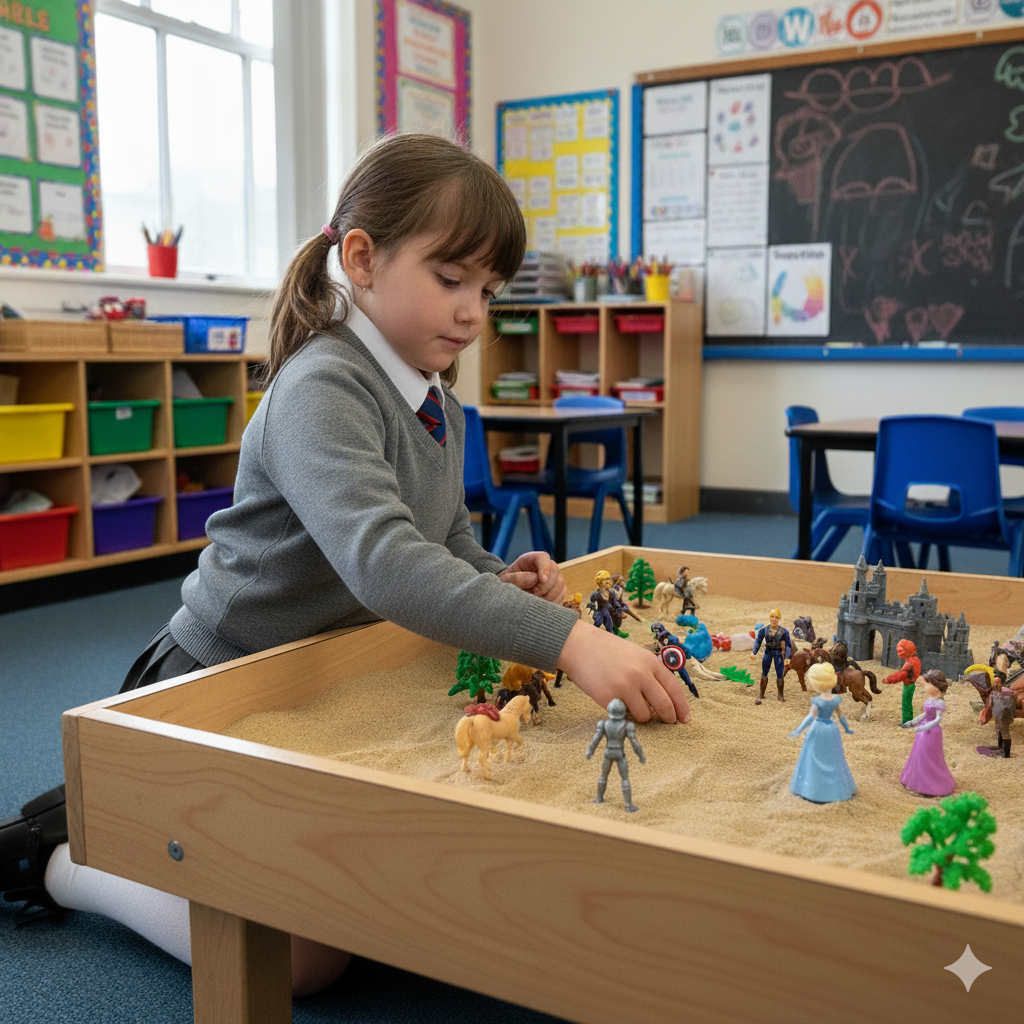
LIFELONG THERAPEUTIC LEARNING:
-
Learn more

Drawing and Talking allows individuals to discover and communicate emotions through a non-directed technique, setting it apart from existing solution-focused and cognitive-based therapies and interventions
Learn more
Creators of a global proactive intervention intended to complement rather than replace the work of Specialist Mental Health Services
Working with vulnerable
-
Courses
Drawing and Talking has proved invaluable with secondary aged students who find it difficult to talk about their emotions.

Our team's commitment to high quality services provides you with peace of mind.
Individuals
Creators of global proactive intervention intended to complement rather than replace the work of Specialist Mental Health Services.
Organisations
In-house training days are the most cost effective way to train groups of 20 or more staff in the Drawing and Talking therapeutic technique. We offer both Zoom and in-person options.
- Blog
-
Practitioners
In our 20-year history, we have built a community of 20,000 Drawing and Talking Practitioners.
Our Drawing and Talking Practitioners are committed to high-quality therapeutic support. Our Accredited Practitioners maintain an active Drawing and Talking Membership, which includes regular CPD and supervision and coaching. This ensures safe, reflective and effective practice.
- Contact us
- Book now
How Drawing and Talking can help support the emotional needs of those with PDA - Pathological Demand Avoidance
%20PDA.png)
Part of being human is our fundamental need to feel accepted, connected and loved. The importance of relationships, connections and feeling understood play a key role in the success of our survival and leading a fulfilled life.
Many children and young people do not feel safely connected to others. This can have a significant impact on their choices and lives going forward. This is particularly true of children and young people who are diagnosed, or self-identify, as having Pathological Demand Avoidance (PDAers). Schools can be a particularly challenging environment for PDAers.
The struggles of knowing you have PDA and having to face the fear of being asked to do something, at which point your heart and body begins to scream with anxiety, oftens forces a breakdown in relationships and connection as the demand is avoided. Understanding triggers and what constitutes a ‘demand’ for each individual with PDA provides insight on how to engage proactively.
As professionals we often feel rejected, disconnected, and experience a sense of helplessness and frustration, as we aim to support the escalated displays of anxieties and behaviours of pupils with PDA in a school setting.
Mental health and wellbeing support in a school setting
Children with PDA are likely to need specialist input from clinicians who understand PDA and have the expertise to modify standard CBT (Cognitive Behavioural Therapy). Unfortunately, many of the CBT interventions used in schools to support with anxiety can trigger PDA responses. CBT in schools is often solution-focused and requires a staff member to be directing practical solutions to SEMH needs. These directed approaches will, of course, feed into the need for a pupil with PDA to resist and avoid at all costs any suggestions, requests and demands to alter their perspectives and actions.
As a non-directive person-centred approach, firmly based in attachment theory, Drawing and Talking is a simple and safe method of starting to build secure and positive relationships with pupils who may be displaying PDA. Intending purely to allow the psyche to process emotional pain attached to trauma, PDAers often respond well and engage with this approach. During training, practitioners will learn the theory and content that underpins this person-centred work. This enables professionals to let go of ‘an objective led’ approach and give space for emotional pain to be processed at the young person's own pace. Drawing and Talking is an opportunity for schools to offer cost effective support whilst children with PDA are waiting for diagnosis or waiting to be seen by other specialists.
Drawing and Talking Ltd are proud to be supporting the PDA Society, working with them to increase knowledge and guidance around working inside and outside the classroom environment.
PDA Society
For valuable information, support and insights into the world of PDA please click here:
https://www.pdasociety.org.uk/
Latest news
May 15, 2023
May 15, 2023



